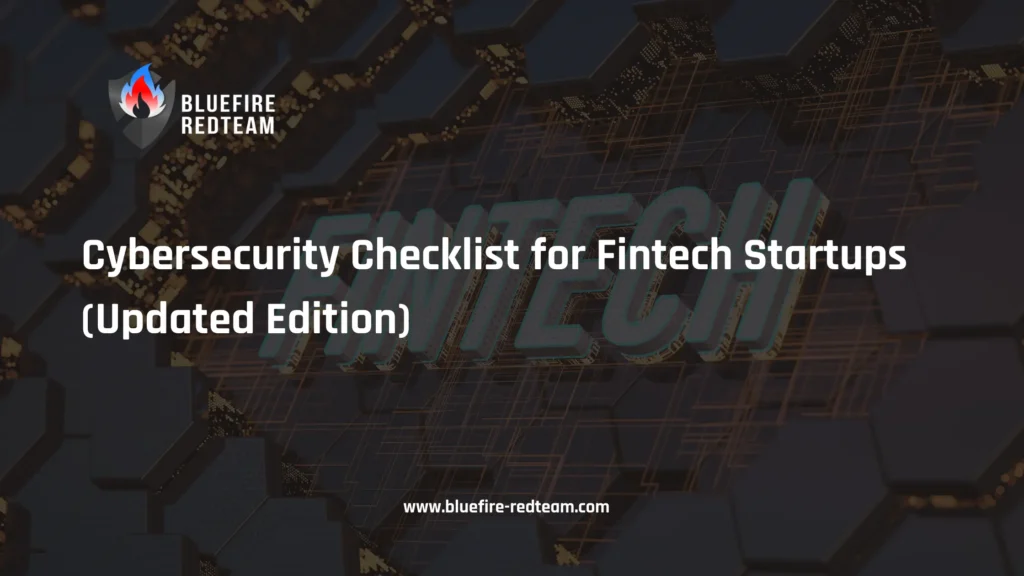Starting a fintech business entails working in one of the world’s most regulated and targeted sectors. Early-stage fintechs cannot afford to treat security as an afterthought, given the increase in cybercrime and the tightening compliance requirements. This checklist is your go-to resource for creating scalable, secure-by-design infrastructure.
Who Needs This Checklist?
- Founders and CTOs of fintech startups
- DevOps and engineering leads are responsible for security
- Compliance and risk officers preparing for audits
- Product managers designing secure customer experiences
Whether you’re pre-seed, post-Series A, or preparing for regulatory scrutiny, this checklist ensures you’re building on a secure foundation.
How to Use This Checklist
- Review each section and assess your current security posture.
- Share it with relevant stakeholders across engineering, compliance, and executive teams.
- Prioritize action items based on risk and maturity level.
- Use it as a living document to review quarterly.
Fintech Cybersecurity Checklist
1. Identify Your Threat Surface
Before you can protect anything, you need to understand what you have. Start by:
- Keeping track of all databases, third-party integrations, APIs, and digital assets.
- Mapping the locations of data storage, payment routes, and customer data flows.
- Grouping information according to its level of sensitivity (e.g. PII, financial, internal).
This step forms the foundation for any threat modeling or risk assessments.
2. Implement Foundational Controls
Build your security stack with basics that block 90%+ of common threats:
- Enforce multi-factor authentication (MFA) across all accounts.
- Encrypt all data in transit and at rest.
- Harden cloud configurations (AWS, Azure, GCP) against misconfigurations.
- Lock down code access with secure SDLC practices.
- Deploy endpoint protection and log aggregation for early detection.
3. Comply with Financial Regulations
Fintech is governed by frameworks like:
- SOC 2 Type II for operational security
- ISO/IEC 27001 for global information security standards
- PCI DSS if you handle cardholder data
Create a roadmap for certification, assign an owner, and document controls from Day 1.
4. Test Your Defenses
Prevention without testing is a gamble. Set up:
- Quarterly penetration tests
- Red team simulations (especially pre-Series A and Series B)
- Static and dynamic code scans
- Bug bounty programs via platforms like HackerOne or Bugcrowd
Learn More: [Cybersecurity Services for Fintech Startups]
5. Monitor and Respond in Real Time
Once you’re online, you’re a target. Prioritize:
- Setting up a SIEM (Security Information & Event Management)
- Configuring alerting thresholds for critical events
- Centralizing logs and monitoring dashboards
- Enabling real-time detection with MDR/XDR platforms
Learn More: [Bluefire Redteam’s MDR Service]
6. Have an Incident Response Plan (IRP)
Even the best defenses can fail. Be ready by:
- Creating an IRP that defines roles, responsibilities, and actions.
- Pre-writing breach communications (legal, customer, regulatory).
- Running tabletop exercises quarterly to test response readiness.
7. Train Your Team
Your staff is your first line of defense:
- Run quarterly phishing simulations
- Provide secure coding and data handling training
- Teach staff how to report suspicious activity instantly
Awareness reduces the risk of insider threats and human error.
Bonus: Fintech Security Stack 2025
Here’s a recommended toolkit:
- Authentication: Auth0, Okta
- Cloud Security: Wiz, Orca Security
- MDR: Bluefire Redteam, CrowdStrike Falcon Complete
- Compliance: Drata, Vanta
- Endpoint: SentinelOne, Bitdefender
Conclusion
The success and scalability of your fintech now depend heavily on cybersecurity, which is no longer a back-office function. By following this checklist, you can lower your risk of a breach while simultaneously enhancing customer confidence and regulatory preparedness right away.
FAQ: Fintech Cybersecurity Checklist
- Is this cybersecurity checklist only for technical teams?
No. While technical implementation is crucial, leadership, compliance, and product teams all play a role in executing and maintaining a secure fintech environment.
- How often should we review this checklist?
Quarterly reviews are recommended, especially following funding rounds, product launches, or any major infrastructure changes.
- We’re pre-launch. Is it too early to start?
Not at all. Implementing security practices early is easier and cheaper than retrofitting them later—and it builds investor and customer trust.
- What if we can't afford a full-time security hire?
Many startups use fractional CISOs, trusted service providers, or MDR vendors (like Bluefire Redteam) to bridge this gap until they're ready to scale internally.
- Is compliance the same as security?
No. Compliance helps you meet industry regulations; security protects you from real-world threats. You need both.
- Can Bluefire Redteam help us with all of this?
Yes. From MDR and red teaming to compliance audits and advisory, Bluefire Redteam offers scalable solutions tailored to fintech needs.


